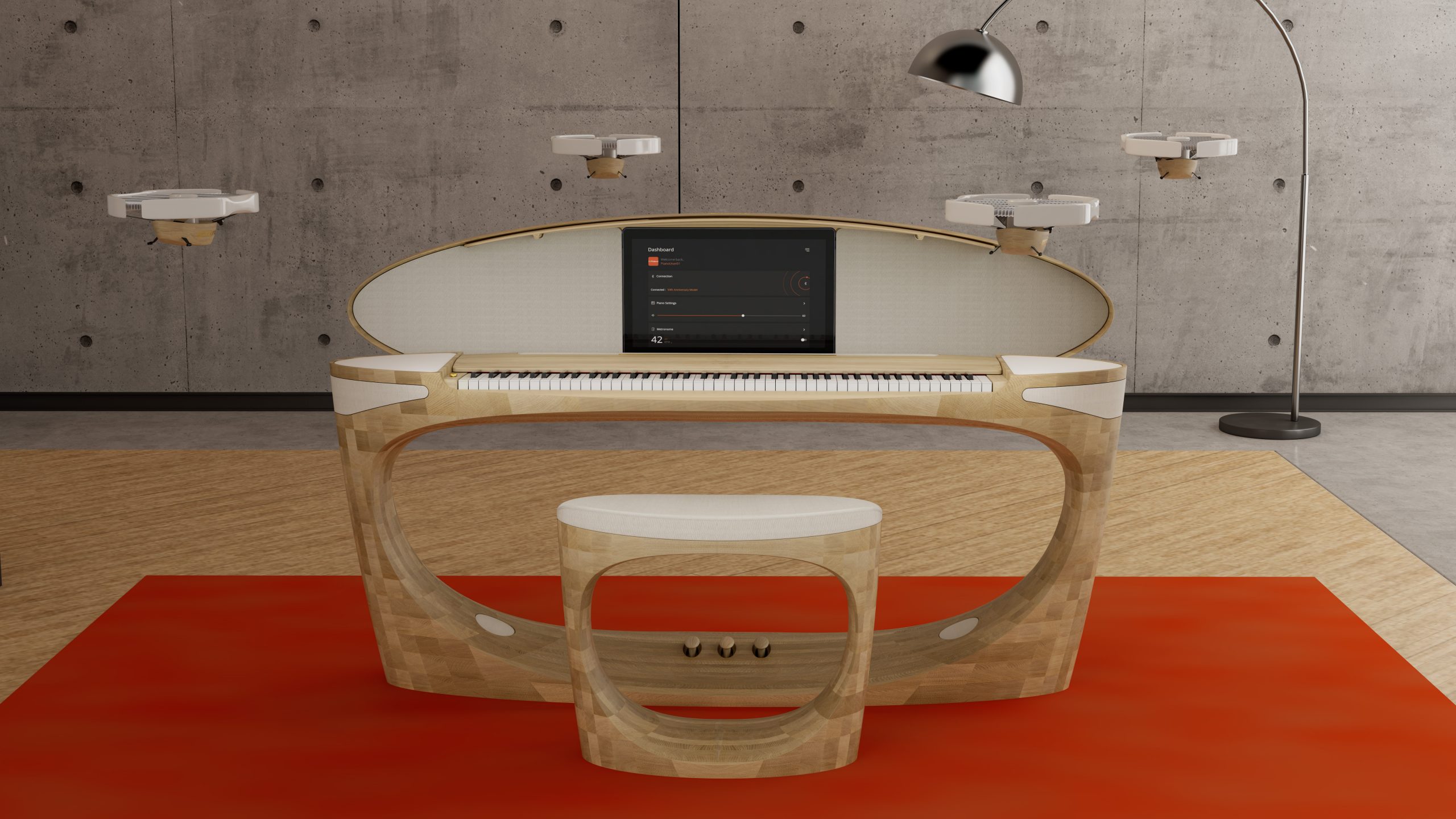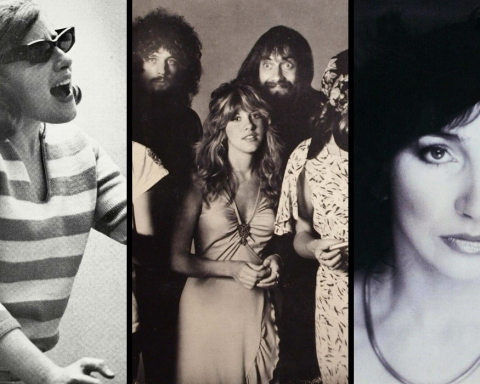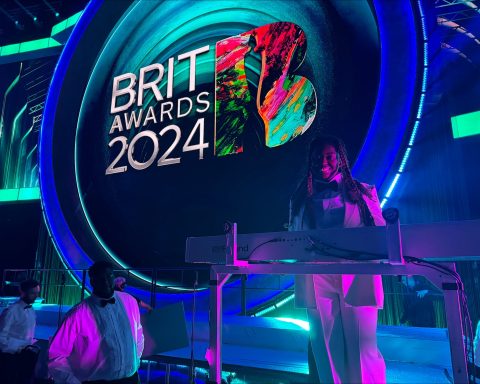Throughout Roland’s 50 years, the company has consistently pushed the boundaries of what a musical instrument can be. This ethos is part of designing the future, one of the company’s slogans and an apt one for the 50th Anniversary Concept Piano, an instrument that strides boldly into the future while respecting the piano’s traditional foundations. Complete with drone speakers and global connectivity, it’s a marvel to behold and hear—for many reasons.
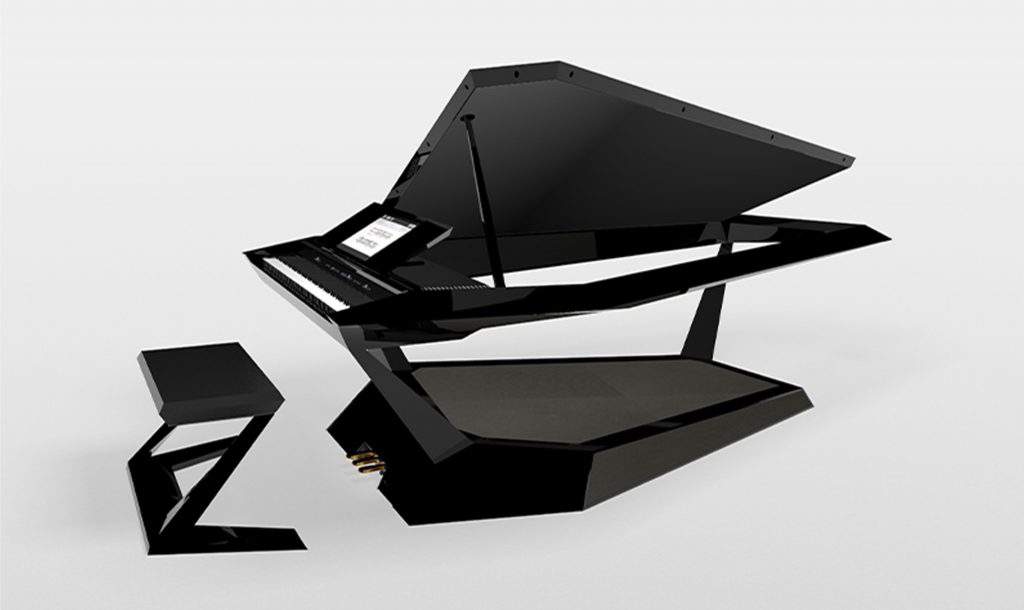
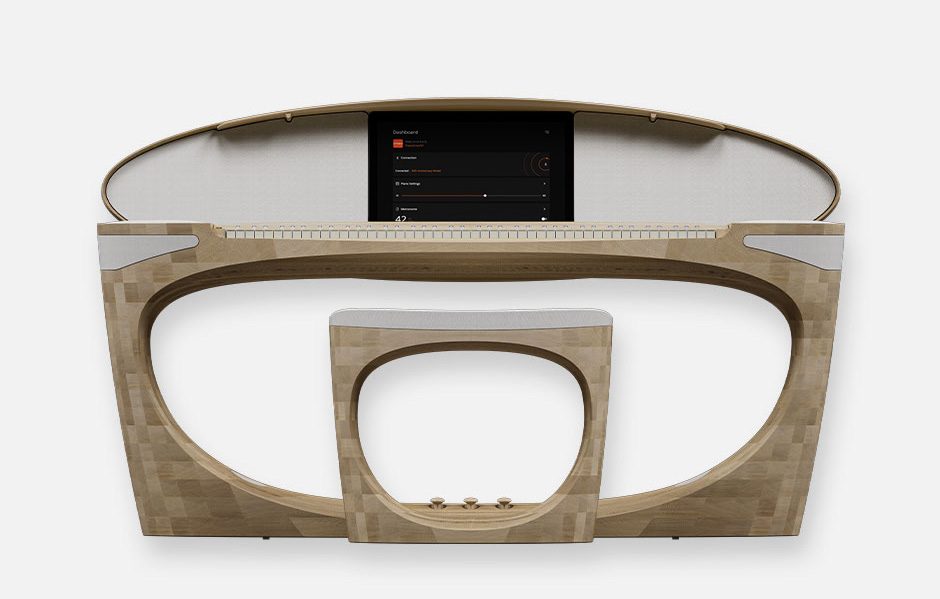
Dual Concepts: The Jewel and the Jewel Box
Concept instruments are often audacious. Like Athena springing from the head of Zeus, they embody the creativity and ingenuity of their creators—in this case, the Roland engineers. They’re not finished products but rather evolving works in progress. They require challenges to be met in real-time, driven by vision, technological development, and experimentation. “These themes are a core part of Roland’s DNA,” explains Mars Hopkins, Roland’s Creative Director. “And even if we don’t always get it right, we know that unless you try, you never succeed.”
Roland’s last concept piano was 2020’s GPX-F1 Facet Grand Piano. A striking crystalline keyboard, the company designed it to grace the world’s stages. Its sharp, rectilinear lines recalled a block of obsidian, almost jewel-like in appearance. For 2022, Roland created what it calls the 50th Anniversary Concept Piano. Warm, rounded, and natural, it’s the company’s vision for an upright grand of the future. If the Facet Piano is a jewel, the 50th Anniversary Concept Piano is a jewel box—an exquisite case cradling a multitude of treasures.
"These themes are a core part of Roland's DNA. We know that unless you try, you
never succeed."Mars Hopkins, Creative Director
Widening the Sound Field
Pianos are the culmination of years of technological evolution. In pre-electric amplification eras, their shapes emerged from engineering that projected sound outward, whether the piano was a large concert grand or home upright. Take this sound field away, and we lose part of what makes a piano such a rich-sounding instrument. It’s more than hammers striking strings; it’s the resonance of the body and the reflections of sound leaving it. However, in a digital piano, the sound generation occurs inside microchips and circuit boards. How, then, to reproduce a natural sound field?
“360-degree speakers make it possible,” answers Takahiro Murai, General Manager of Roland’s Keyboard Instruments Development Department. “The idea is that if you put speakers in any direction, you can create any sound field depending on the settings.” Where the Facet Piano copied the basic shape of a grand to reproduce a natural sound field, Murai realized he could do so unrestricted by conventional piano structures. He could even use the distinctive 50th Anniversary Concept Piano “as long as each sound can be reproduced.”

"360-degree speakers make it possible. If you put speakers in any direction, you can create any sound field depending on the settings."
Takahiro Murai, General Manager, Keyboard Instruments Development
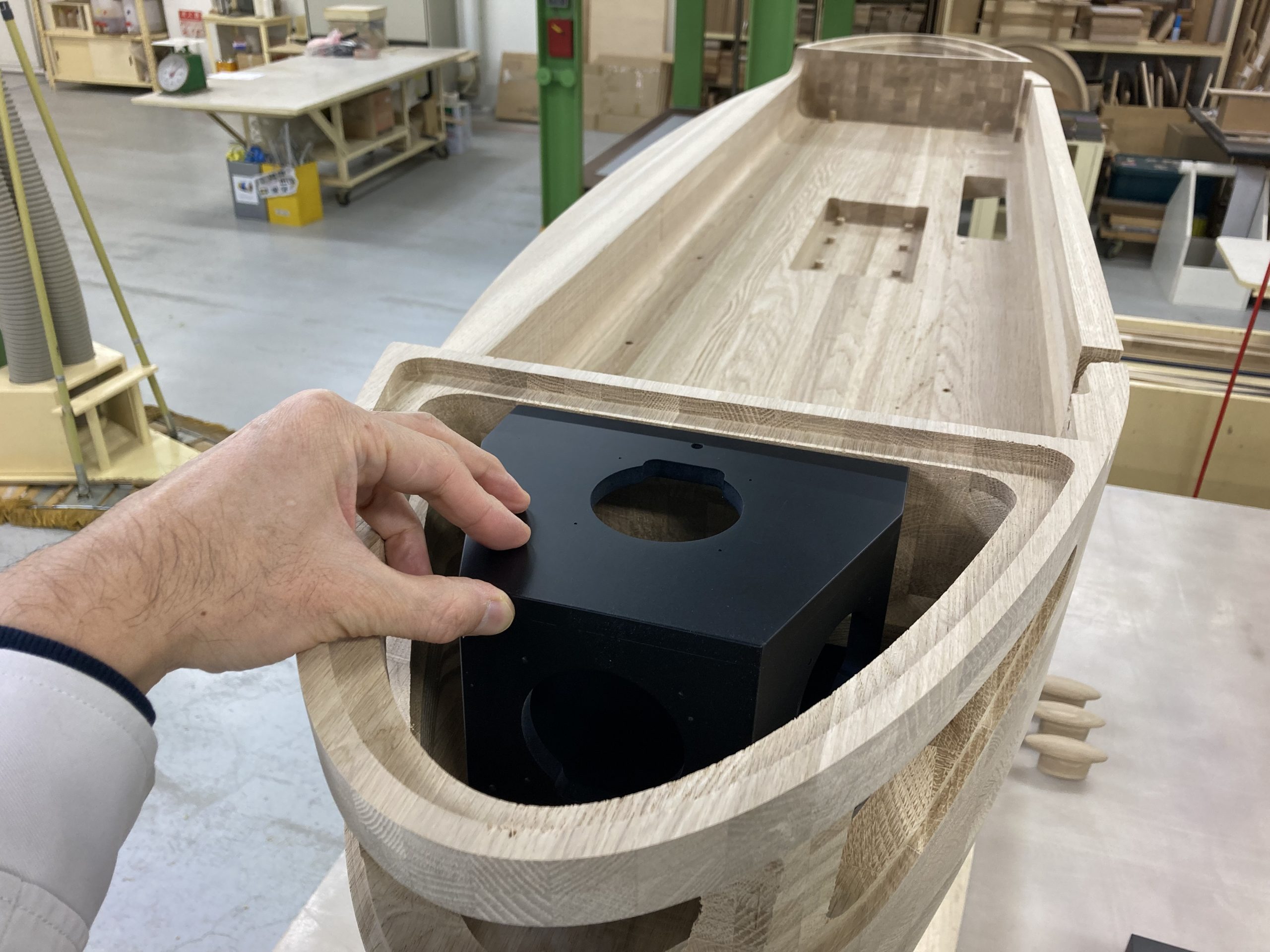

Realistic Sound
The key was a 360-degree speaker, a “speaker ball” capable of firing sound in any direction. By placing them in critical areas of the piano—namely the lid and top edges—Murai could reproduce the sound of any piano. To achieve this, they needed an unprecedented number of speakers. “There are 14 general 360-degree speakers,” he continues, “seven on the right and seven on the left. This unique 14-speaker array can recreate a three-dimensional sound space not achievable with conventional stereo speaker systems found on digital pianos.”
The new system could faithfully reproduce the immersive sound fields of acoustic vertical pianos or grand pianos. This completely changes the breadth of the sound and the width of the expression. The sound field of the 360-degree speakers is astonishing in its realism. Ultimately, it doesn’t sound like listening to speakers. The experience is closer to being surrounded by natural piano sounds.
Note that the sound field changes depending on the tone the performer plays. Grand pianos offer a markedly different, fuller experience than uprights. Sounds from Roland’s 50 years of piano history—such as the EP-10, RD-1000, JD-800, V-Piano All Silver, and SuperNATURAL Piano—are all playable. The sound field adjusts for each setting, providing the player with the instrument’s sound and its specific sound field.
"The team wanted the sound to actually fall from the air around the player. The solution? A pair of drone speakers that hover over
the piano."
Take to the Skies
There’s more to a piano’s sound than what emanates from its cabinet—there’s also the sound of the room. These reverberant reflections are heard by players as the sound waves bounce back from walls and ceiling. Rather than simply adding reverb to the audio, Murai and his team wanted the sound to actually fall from the air around the player. Various companies have developed systems that place multiple speakers in a room, controlling how the sound is made to achieve sound movement and effects. But these conventional speaker systems cannot be moved or installed elsewhere. Roland’s solution? Drone speakers that hover over the piano.
To achieve a more realistic ambient sound, the engineers wanted to create flying speakers that bathe the player in a sound shower. Combining technology from an advanced version of Roland’s PureAcoustic Ambience (found in high-end pianos like the LX708) with modern remote-control drones, they could start to make this dream a reality.
Drone Challenges
The approach was not without some difficulty, and designing the future isn’t always done in a straight line. “The biggest challenge for us is latency,” Murai explains. “Normal Bluetooth is 200ms, which is unusable for musical performance.” To reduce latency, they decided to use an internally developed dedicated communication platform. “This technology was originally created for wireless headphones,” adds Murai, “but it got diverted to this project.”
Working with drone speaker developer Masaaki Matsuba, the team is grappling with several issues. As of now, the drones’ propellers are still somewhat noisy. But as quiet drone technology becomes available, they’ll be able to add it to the existing framework.

"The instrument was initially inspired by Erik Satie's idea of 'Furniture Music,' or music that becomes like furniture in a space."
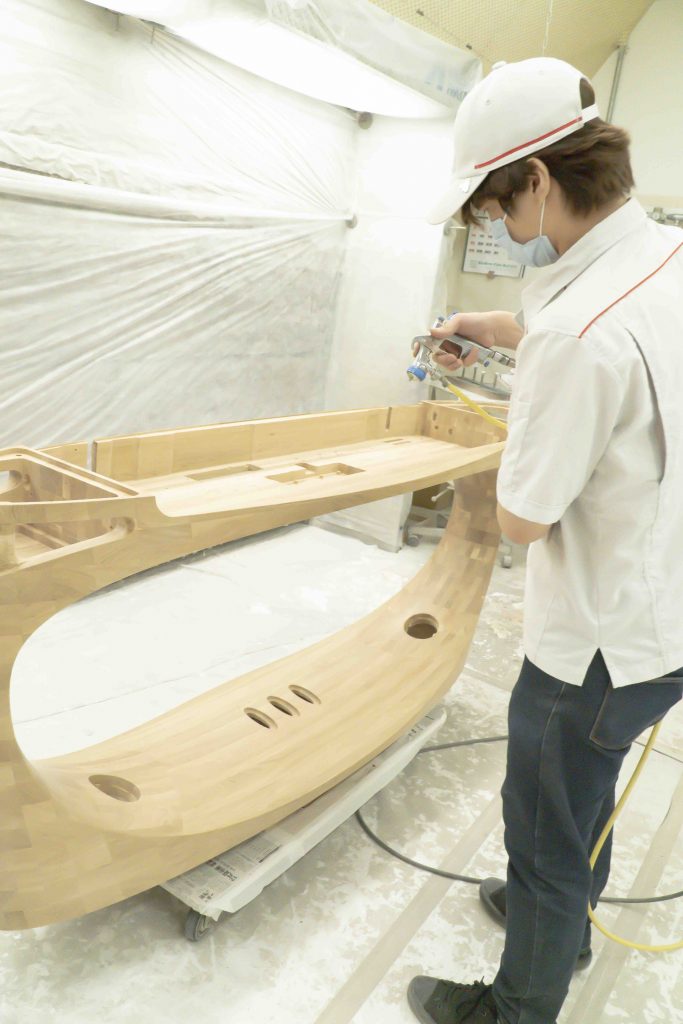
The Centerpiece of the Room
Most upright pianos sit flush against a wall, tucked away to the side. That was not the design philosophy behind the 50th Anniversary Concept Piano. Roland wanted a piano that would be the centerpiece of a room. To that end, the company worked again with Japanese furniture maker Karimoku, which created the cabinet for 2015’s KIYOLA KF-10. With its round, elliptical shape and natural wood, the new piano looks incredible from any angle.
This is entirely different from the Facet Grand Piano. The 50th Anniversary Concept Piano is an instrument that complements one’s day-to-day life. It’s calming, approachable, and practically invites one to sit down, relax, and play. The instrument was initially inspired by Erik Satie’s idea of “Furniture Music,” or music that becomes like furniture in a space. The resulting concept is a beloved piece of musical furniture with which one can’t help but engage.
Karimoku created this intriguing piano by machine-cutting layers of wooden pieces and joining them together to form the body. The resulting instrument honors both the past and the future. It incorporates ancient methods of manufacturing wooden Buddhist statues and 3D printing techniques. This reflects the technology within—the classicism of the piano and the cutting-edge sound field technology.
"Karimoku machine-cut layers of wooden pieces from digital data, putting them together to form the body. The result honors both the past and the future."
The Importance of Sustainability
Sustainability and SDGs (Sustainable Development Goals) are important issues for both Roland and Karimoku. These principles came into play not as an afterthought but as crucial points throughout the design concept. The piano uses Japanese Nara oak wood from Hokkaido. However, the companies restricted themselves to unused wood only, such as laminated scrap. It has the strength and durability needed for an instrument of this caliber without sacrificing the environment.
From Living Room to the World
The 21st century has been defined by connectivity. Indeed, we’re all joined by our various devices. But connected by a piano? That’s the outrageous idea incorporated into the 50th Anniversary Concept Piano. Together with sound and design, connectivity forms the third pillar of its construction.
“Our goal is not only to develop a piano but also other elements,” explains Murai. “While working out different ideas, we have gained a variety of knowledge by taking it as a valuable opportunity to conduct experiments.” Experimentation is key—you can only discover what is possible by trying different approaches.

"Our goal is not to develop a piano but to develop its elements."
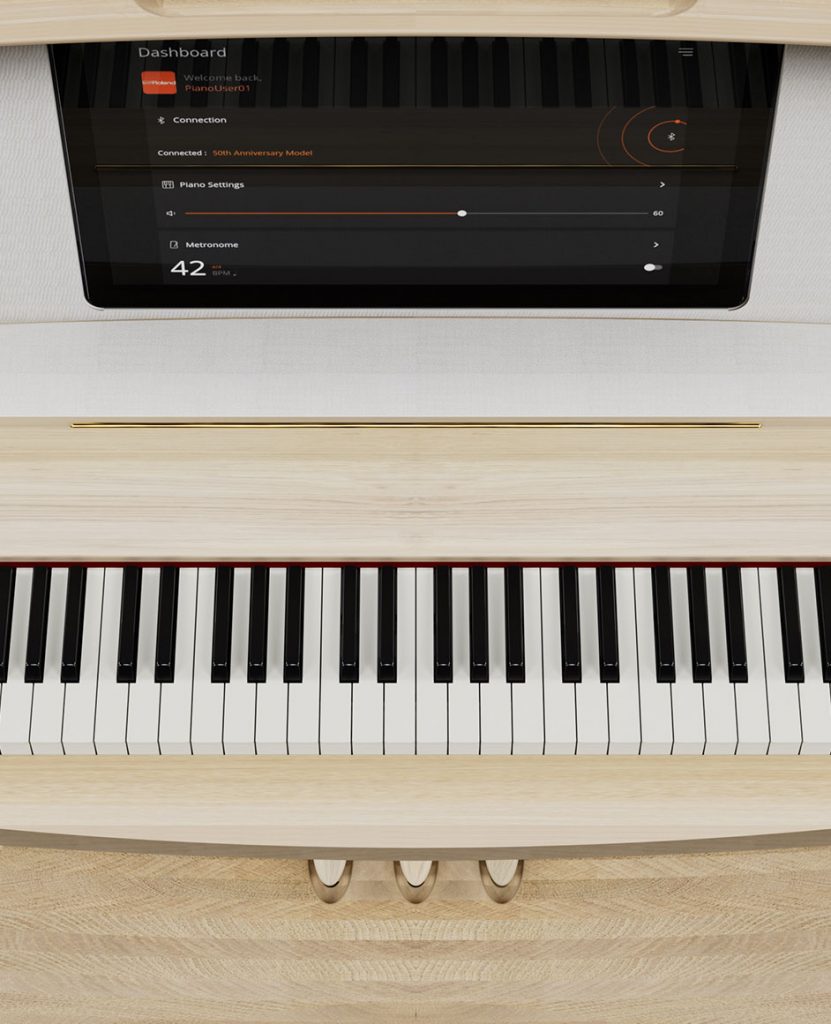
The Center for Connectivity
The center for connectivity is the touch-panel tablet embedded into the lid, only visible when open. The display and internet connectivity can support video conferencing, piano lessons, and streaming tutorials. And since it’s connected to Roland Cloud, one could install Zenbeats music creation software and use the piano as a studio control hub. In addition, the screen can also display sheet music. The piano even includes USB MIDI and Bluetooth. Whatever would Beethoven think?
This connectivity hints at many promises for the future. Imagine a concert broadcast worldwide. Listeners could receive a performer’s every keystroke through their own pianos. “Performance information can be sent worldwide, including the space around a person. The entire performance—including the performance space—can be reproduced anywhere,” says Murai. “And, of course, you can also take the data you are playing and send it somewhere else too.”
Connectivity Challenges
The basic technology for concert broadcasts of this kind already exists. Yet there are still hurdles the team will have to overcome. Murai says they must address “how to synchronize the performance data, audio, and video with remote listener locations over long distances via the internet.” The good news? “We already have elementary ideas of how to solve it.”
"Performance information can be sent worldwide, including the space around a person. And the performance—including the performance space—can be reproduced anywhere."
Drone Connection
Connectivity also includes speaker drones operating on a dedicated low-latency communication channel. This means that players can control the position of the drones. “There is a patent pending for a technology that collects the sound emitted from the drone speaker, while the piano (or a microphone installed somewhere else) measures whether the sound quality and volume is ideal, and then moves the drone,” explains Murai. “The simplest example is a control method that makes the drone approach you when the sound is soft, and then move away when the sound is loud. So you can direct the drone speaker to find the best-sounding spot and keep it there.”
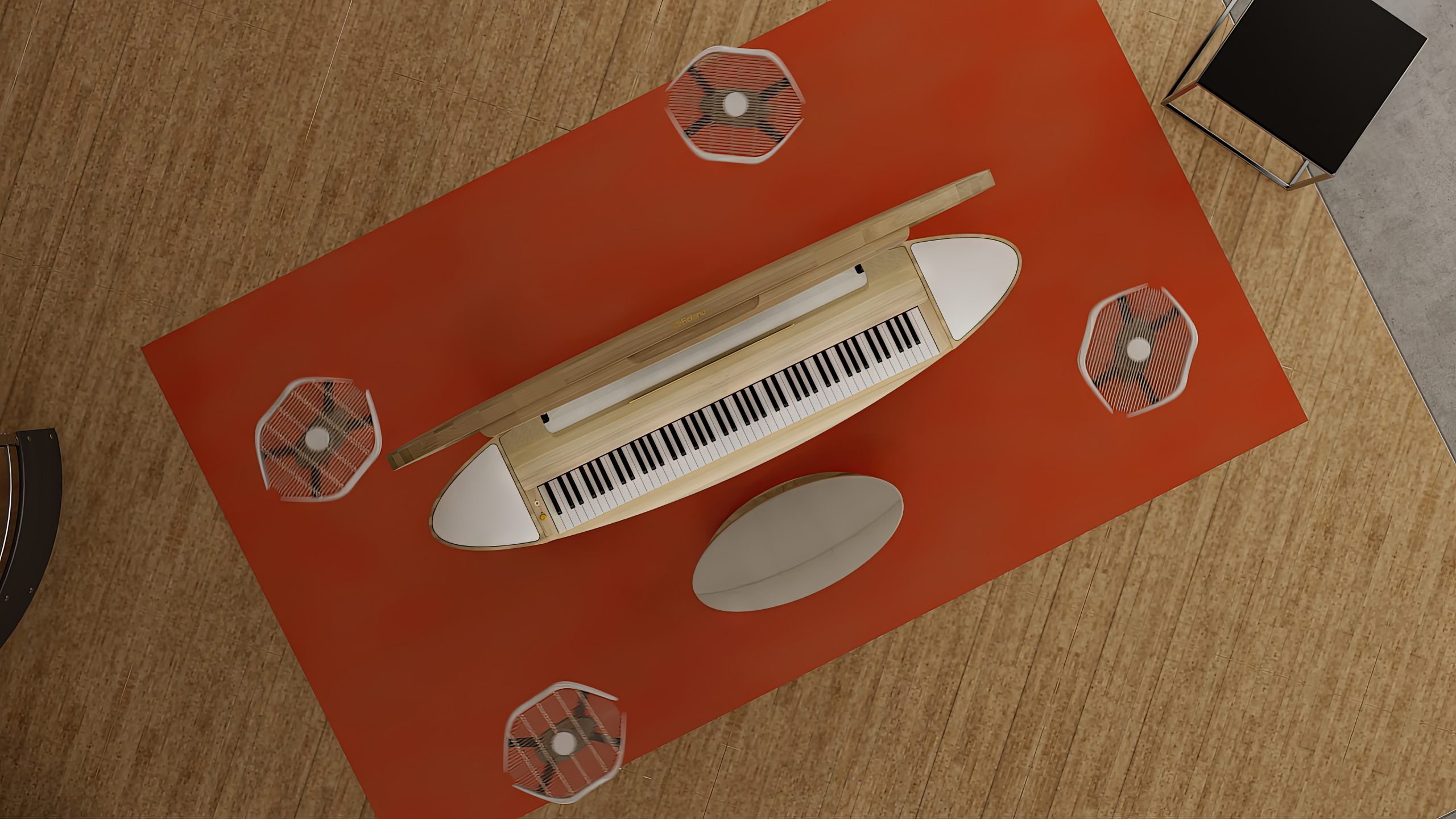
The Future is Now
We like to imagine that the future arrives without any work on our part. Today leads naturally into tomorrow. But for Roland, this is not the case. Teams of engineers constantly develop the future by pushing the boundaries of what is possible. They challenge themselves to create new instruments, ways of playing, and methods to engage with audiences. The 50th Anniversary Concept Piano is a snapshot of the future, an exhilarating glimpse into what lies ahead.
Experience the 50th Anniversary Concept Piano at CES in Las Vegas

